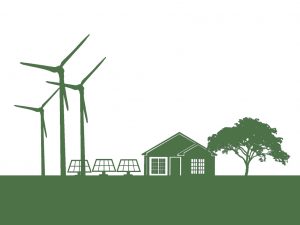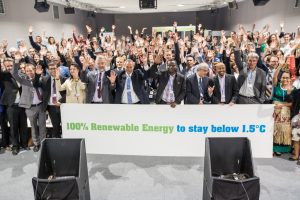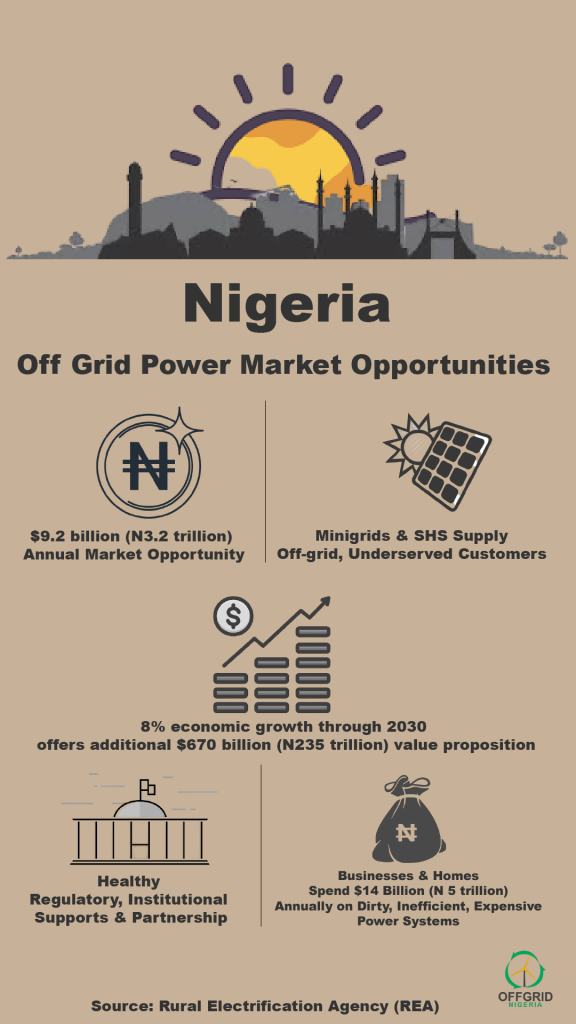It will be a year in July since Nigeria signed power purchase agreements (PPAs) for 14 utility scale independent solar power projects.
On its first attempt at large commercial solar projects, Nigeria appears to be trolling. Progress on the projects have been a lot slow, therefore suggesting the country should have considered a few and manageable pack than the 14 it went for at once.
At this stage, let us now abandon loud talk aspirations and come to terms with the reality that it is obvious the government may not be just ready to commit to helping investors give the country electricity from the sun as she once swanked about when in July 2016 it signed power purchase agreements (PPAs) with them to develop 14 utility scale solar power plants.
At that time, the country’s power minister, Mr. Babatunde Fashola, had his voice high and assertive about the government’s commitment to ending an alleged hostage of the country by militants in the Niger Delta, who frequently blew up gas lines and denied the country of electricity from her gas power plants, using other electricity mix.
By the way, these gas power plants supply circa 80% of the country’s entire 4000 megawatts at most generated power, and so frequent disruption of gas supplies to them mean the country would have to ration supplies as they would come in reduced volumes.
“It is a journey that would ensure that in future it will be impossible to hold this country to ransom by controlling any particular source of fuel for electricity,” boasted Fashola, at the initialling of the PPAs between the NBET and the investors who were willing to put down circa $2.5 billion to build solar plants that will generate additional 1125 megawatts of electricity for the country.
But almost a month short of a year, obvious signs on the board show that there is a need to reduce and refocus the 14 utility scale solar IPPs to a manageable number of say five or thereabout.
Following from informal conversations with investors; operators; other support entities; and even government officials, we have come to establish a firm view that having up to 14 was too much to handle for a first attempt in a country were accomplishing basic demands in the ailing power sector requires more than just ‘commitments’.
We also think that freezing the ‘non-performing’ and ‘not-so-ready’ ones for about two years and using that time to refocus attention and commitment on the most viable ones right now would perhaps make more sense than attempting to have the 14 at once and yet accomplishing nothing.
Sadly, we may have come to accept that the Nigerian government in an enthusiastic attempt at launching the much touted renewable energy revolution may have severely jumped the gun by giving out PPAs to 14 investors. And we feel this is misguided.
Expecting that a government that has repeatedly failed to tie the loose ends in its electricity privatisation programme in the last four years would suddenly muster an infallible commitment to new energy sources – that is, supporting investors to build solar and wind farms all over Nigeria, was maybe for us expecting so much with little questions, yet we were eager and had reasons to believe.
Now that it is established that 14 was a bothersome number for the government to handle at this stage, and this is not to say that handling 14 solar PPAs at once is beyond the government’s capacity, can we now refocus to ensure quick and sure-fire successes for the few selected viable projects?
Considering that our RE industry is still at its infancy and needs to mature with the right KPIs, we suggest the government have another look at the PPAs, and immediately call up those that have proven viability but which have been stalled by other exigent issues, for it is from this that Nigeria can send to the world the right signals that its RE industry is open for business.





